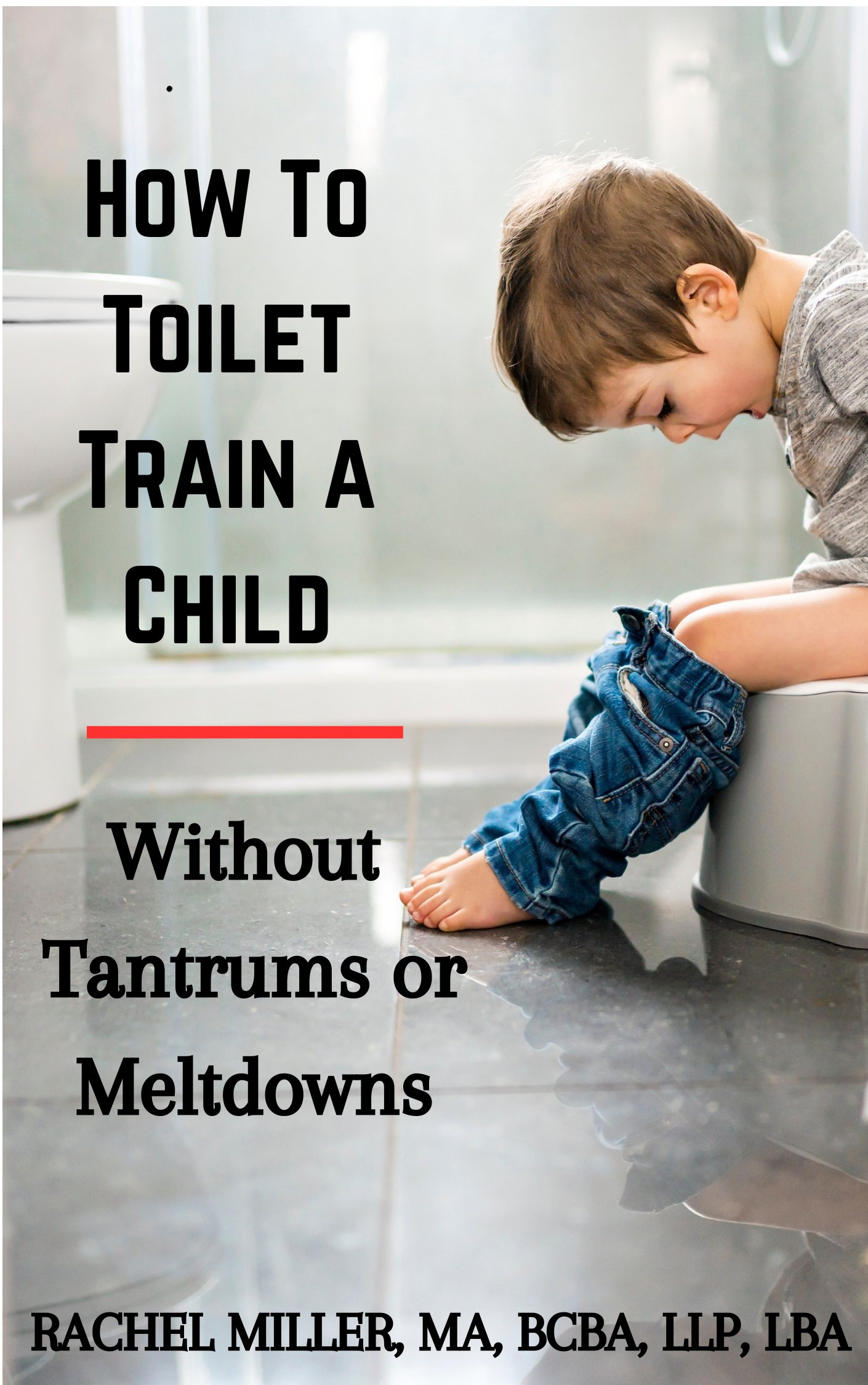Odd eating behavior and Kernicterus
by Katie
(Washington)
Question: Hi there,
He has been to a feeding clinic and had his blood tested for lead. No lead poisoning in his blood. The feeding clinic agreed with me that he can not taste or smell anything. He eats lemons, peppers and onion with out a flinch.
He gets into his diaper all the time and eats his poop. I'm not talking about just a lil poop I mean the whole diaper! Sorry to be so graphic but I am very worried about him. Have you seen anything like this? Please help. Thank you.:)
-Katie
*I did read somewhere that Pica is common in children with developmental disabilities. Would that count for Kernicterus as well? All my sons doctors and therapists have different opinions on this so I figured I would ask you.
Answer: Hi Katie,
I am so sorry for your struggles. I can only imagine how difficult this would be to watch as a parent. I have worked with children and adults that have pica as it is common for individuals with disabilities.
Some theorized reasons for this are that the indivdual has a mineral deficiency, sensory seeking oral dysfunction, or continues to be stuck in
In your case, I would imagine it is a combination of the latter two. Usually, in the case of eating a toxic substance, such as fecal matter, our ability to smell activates our instincts that this is not appropriate for eating. This ability may be impaired for him due to the Kernicterus and inability to smell.
Prevention is going to be your best option at least initially. You may consider trying to find outfits that are one piece, such as zipper footed pajamas.
Cut the feet out or make into shorts if too hot and put on backwards, so that he can not remove it. Whenever, you are unable to literally keep your eyes on him, put him in these to avoid him having a bowel movement and eating it as this can be a very dangerous behavior.
Just like an infant, avoid allowing him to play or be near anything that could harm him if eaten. This can be exhausting with his mobility, but very necessary. So, avoid sandboxes, play doh, dirt playgrounds, etc.
Then, I would try working with a Board Certified Behavior Analyst found under certificant registry to give you specific interventions to help teach your child what things are okay to eat and what are not.
Good Luck!
Why does my 3 year old like to eat gross, very unhealthy things?
(West Virginia)
Question: Why does my 3 year old daughter eat gross things? It started off about a year ago when I caught her sucking on a dryer sheet. Of course I immediately took it away and hid them but she would cry for them.
There was actually a few times she would find one and I would catch her with it in her mouth. She would tell me they were good. To the point I stopped buying dryer sheets what-so-ever and went to the dryer bar.
But that's not all...I catch her eating deoderant...several times. She tries to eat soap, lotion, ashes, etc... I have no idea why she does this?!? I'm worried about her. At first I just thought it was a toddler just experimenting with things and that it would pass, but she does it repeatedly.
She honestly likes the taste of these things and tells me so... otherwise, once would be enough to realize it's nasty tasting and not go back for more. Please give me any information you have about this to help me better understand what I should do.
I'm not sure if I should take her to the doctor and if there are any test out there that they can give her to try and pinpoint why she does this??? Thanks in advance for your help.
Answer: This sounds like Pica behavior, which is eating inedible objects. The exact cause of Pica is unknown at this time, but in her case it is possible that she may have some difficulties with sensory processing being a sensory seeker for things to taste.
You should definitely talk to your pediatrician about getting additional help since this could ultimately be a very dangerous behavior if she ingests something that could seriously harm her. You may also try giving her replacement items that are safe that also taste good.
Whatever you can find that also has a sweet flavor that you are comfortable giving her as a parent. When you catch her trying to put the inedible objects in her mouth, say "Yuck! That is not food and we only put food in our mouth. Why don't we get you a snack instead?"
Of course you wouldn't want to do this if she just asked for a snack, you said no and then she put the soap in her mouth, so you offered her the snack.
When she does put food in her mouth instead of inedibles, be sure to praise this behavior as much as possible. Say things like, "Good job only putting food in your mouth. We don't want to eat things that aren't food or they will make us sick!"
Good luck!
Mouthing non-food items/Inappropriate meal-time behavior
Question: I am working with a 5 year old who has an Autism Spectrum Disorder. She constantly puts non-food items in her mouth; however, she rarely eats the items.
The behavior seems to be a sensory issue and she sometimes mouths items when she is angry/tantruming. How can we prevent this behavior so that she does not hurt herself by putting a dangerous item in her mouth?
She also has difficulty at meal-times and often throws her food or gets up from the table. She seems to be either attention-seeking by throwing the food and avoiding meal-time by walking away. Any advice would be helpful!
Answer: Putting non-food items in the mouth can be a very common characteristic for autism and may be referred to as Pica. Unfortunately, it can be a full time job watching an individual with this behavior to keep them from putting dangerous items in their mouth.
My recommendation would be to have items available that are appropriate for her to put in her mouth to meet her sensory needs. Only 1 or 2 would be best to help her with discrimination of what is and is not appropriate to put in her mouth.
When she shows the need to put an item in her mouth, immediately direct her with the appropriate item and give lots of praise and reinforcement (tangible reinforcers if possible at first).
When she starts to put an inappropriate item in her mouth say no, stop, or whatever other word you typically use to indicate she shouldn't do something, and immediately redirect her to the appropriate items with more praise.
Eventually, she should hopefully start to discriminate between what is and is not appropriate while still getting her sensory needs met. Here are some items that are often used for oral sensory stimulation.
With reference to her meal time behavior, if she has sensory issues orally, it may be the texture of the food.
Try to keep track of which foods she tends to throw and which she tends to eat. This might give you some indication as to what types of textures she prefers.
Then at mealtime try to always give her at least two preferred food items with one non preferred food item to encourage variety.
Put an empty bowl at the table and when she starts to throw the food, try to redirect her to putting the food into the empty bowl giving praise for this behavior. Allow her to put any food she doesn't want to eat there. Saying if you don't want to eat it, put it in the bowl.
If it seems that she is trying to communicate that she is all done, you can encourage her to make the sign for "all done" prior to allowing her to leave the table.
Do this at first by making the sign yourself and then using a full physical prompt to get her to make the sign herself while stating the words out loud. Give more praise for doing this. Gradually fade the prompt until she is initiating on her own to leave the table.
To avoid doing this behavior for attention, you may want to have someone regularly come over to her at mealtimes every few minutes to give her frequent attention with praise for eating appropriately, pats on the back, etc.
OCD and oral dysfunctional disorder
by RMB
(NY)
Question: My son diagnosed with PDD-NOS and OCD holds beads and tiles inside his cheeks because as he explains it, he is nervous and or excited. He is on meds for OCD, etc. Does anyone have any information or experience on reducing this behavior?
Answer: You may want to try giving him safer items and praising his use of those instead of the beads/tiles.
I would also try removing the others from his possession if it will not cause too much of an adverse reaction. If he will get too upset you may try to gradually reduce the amount he has access to while giving him the more appropriate items. Here are some options:
If you haven't already, be sure to check out my ebooks, now on Amazon!

